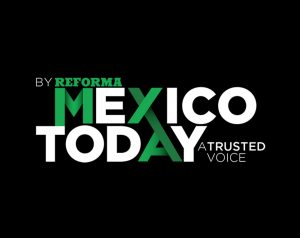 By Michael Lettieri and Cecilia Farfán-Méndez *
By Michael Lettieri and Cecilia Farfán-Méndez *
Mexico’s drug war is often described in terms of territory: violence is the product of conflict over turf, be it smuggling routes, poppy fields, or urban neighborhoods. But that violence is often difficult to understand precisely because there is little information about who occupies the territory. Without knowing where and when criminal groups were active, it is impossible to identify patterns within the conflicts and produce much-needed evidence that serves both academics and public officials.
This need for data is hardly unrecognized. Both independent analysts and government bodies make maps of Mexico’s criminal landscape: a researcher can consult the DEA’s National Drug Threat Assessment for a snapshot of cartel strongholds in Mexico, or information from Lantia Consultores about the number of groups present in the country. But until now, there has been no public, accessible source of information.
The Mapping Criminal Organizations in Mexico (MCO) initiative, launched last week by the Mexico Violence Resource Project, seeks to provide precisely that: independent, transparent, public data presented in an interactive format for a wide range of users. Tracking the presence of criminal groups on a state-level basis from 2007 to 2015, MCO lets us examine how organizational dynamics played out during the years when violence spread across the country.
The initiative provides new insights on the impact of fragmenting criminal groups. During this period, the killing or arrest of cartel leadership under the so-called kingpin strategy contributed to frequent internal schisms and a dramatic increase in the number of independently-operating groups. MCO’s data shows that by the end of 2007, there were only 7 groups active in the country; by 2015, there were more than 25. In some states, such as Guerrero, there were as many as 11 different groups at one point, in this case, mid-2012. Yet, contrary to the dominant narrative, fragmentation did not automatically produce extreme violence: seven groups were present in Mexico State in 2011, for example, but homicide rates were below the national average. This information matters because while fragmentation can lead to violence, data from MCO shows that the relationship is far more complex than we think.
The data also shows that while there were more groups, by 2015 their overall footprint had shrunk. On the MCO map, there are fewer, and smaller circles, even as they appear in a broader rainbow of colors. And in the years since, this multi-colored “pox” would again spread, presenting a new challenge to researchers attempting to understand the conflicts that emerged on ever-more local scales between ever smaller groups that have little to do with transnational criminal groups.
As the human costs of a failed war on drugs continue to mount, it is imperative to have “all hands on deck”. MCO is an invitation to think collectively about violence in Mexico by answering the basic question: where do criminal groups operate?


